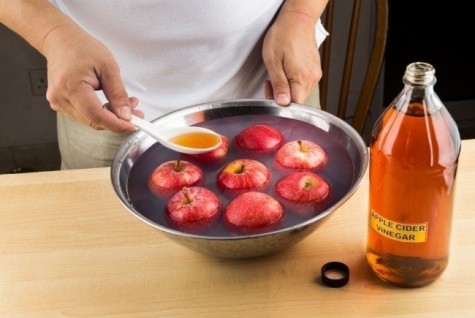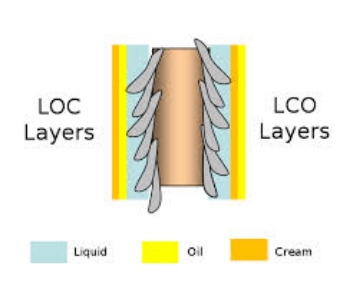Got Milk?

Some time last year, I had can be gotten my blood drawn, just to check if everything was okay. When I went to go check my results, I learned that I was low in calcium, so my doctor and I reviewed what I should consume in order to bring my calcium level up. Surprisingly, milk was not one of the suggestions.
I was so confused because I was raised to believe milk is the sole source of calcium and that’s where I should get it; never have I heard of everything else giving me calcium, so I did my research. I learned that, yes, our bodies need calcium and the nutrients from milk. However, unless you’re a cow, the milk we drink won’t fully benefit us.
Cows milk is rich in nutrients like calcium and potassium. However, it is also full of sugars like. Also, because milk undergoes a process, called pasteurizing, the milk may not have many nutrients to offer, but that’s another article, for another day.
And have you ever wondered, why are so many people lactose intolerant? Unless its beta-lactose, lactose is very difficult to digest. For many, it is indigestible, hence the intolerance. And can you image the difficulty of a diabetic? Glucose is one of those the sugars that is easily found. However, when you’re trying to control your sugar intake, milk shouldn’t be part of you’re diet.
I also learned that if we consume the recommended amount, which is three cups a day, or even a little bit more, there is be harmful affects. For starters, too much milk can cause kidney sand. Kidney sand is pretty much kidney stones, which are hardened chemicals that are deposited within the kidney; the difference is that the deposits are the size of sand. The side effects of the kidney sands (and stones) are pain to pee, bleeding from the urinary tract and pain.
Research has also shown a link between too much milk and a more likelihood of fractured bones within women. I know, I know, it seems counter productive. Calcium makes for strong bones, but too much milk is linked to fractured bones. Odd, isn’t it?
So why drink milk? According to the USDA, the nutrients we get from milk (aka calcium and milk) can be found in many of the vegetables and fruits we have. However, according to the USDA, they don’t want to increase the amount in portions for the vegetables because Americans don’t eat the recommended portion anyway. So, the USDA decided that raising the amount of milk is worth the risk as long as we consume potassium.
So how can we get our calcium and potassium?
For calcium, you can eat things like spinach, white beans, kale, black-eyed peas, almonds, oranges, and seaweed.
For potassium, you can eat things like bananas, white beans (their beans from God, honestly), dark leafy greens, i.e. spinach, kale, collard greens, romaine lettuce. You can also eat, baked potatoes (with the skin on), Salmon, avocado, white mushrooms, etc.
But that’s not all. Because many of the cows are kept in unsanitary conditions, the milk we drink may contain more than just calcium and potassium.

Faith Rodriguez is a fifth year senior studying behavioral science. She has an interest in all things media. She is a kindergarten after school teacher....







